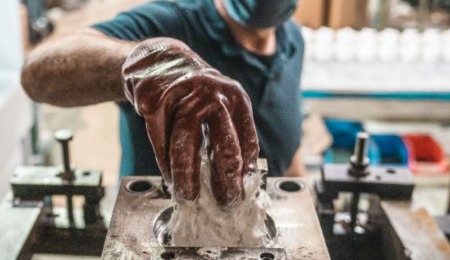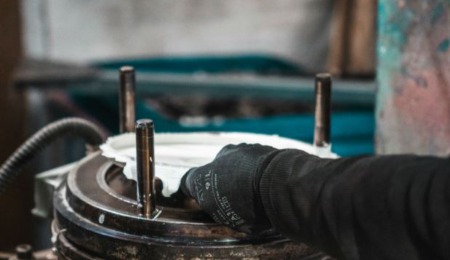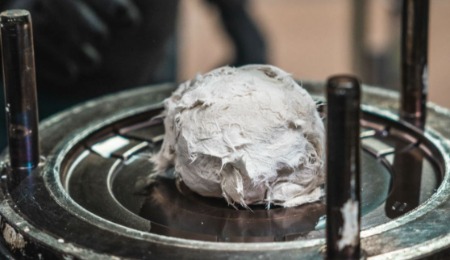We work proudly alongside some of the biggest names from remarkable industries around the world.
When it comes to manufacturing components, compression moulding is a highly efficient and cost-effective process that produces at high-quality.
It involves using heat and pressure to shape materials into a desired form, offering several advantages over other moulding techniques, including lower tooling costs, shorter cycle times, and excellent material properties.
It is a process our experienced team at Fairgrieve Compression Moulding are highly specialised in, and, with a wide range of thermoset and thermoplastic materials available for compression moulding, you can choose the suitable resin for your project needs.
In this blog, we explain the advantages of compression moulding over other manufacturing methods.
What is compression moulding used for?
Compression moulding is often used for thermosetting plastics, rubber, and composites. The complexity of the mould can vary based on the desired outcome. Benefits include quick production, minimal waste, and precise control over final product dimensions.Compression moulding is an efficient manufacturing technique for creating intricate shapes with tight tolerances. It involves compressing raw materials into the desired shape, making it ideal for producing complex parts from mainly thermoset materials.
The process allows manufacturers to fabricate high-quality parts in small to medium quantities, making it suitable to develop prototypes for industries like automotive and aerospace.
Manufacturers can achieve better results when handling composite materials like SMC or BMC by optimising parameters such as tonnage, part cost, and fillers.
What are the advantages of compression moulding?
Compression moulding offers several benefits that make it an attractive option for manufacturers. This efficient manufacturing process provides greater control over the part thickness and material distribution.
It’s ideal for producing complex parts with tight tolerances using thermoplastics, thermosetting plastics, composites, and rubber.
Its significant advantages include small – medium production volume capability, due to its nature.
Additionally, compression moulding allows for the production of intricate parts with consistent accuracy while reducing material waste leading to lower part costs. Compression moulding is an excellent choice for fabricating complex parts in bulk, at a lower price than other methods.
What tools for are used for compression moulding?
Precision in compression moulding is critical for generating accurate and high-quality finished products. Hydraulic presses are indispensable in compression moulding since they provide the high pressure required by the cavities.
Temperature control systems ensure that thermosets or thermoplastic materials are adequately heated before moulding occurs, while utilising moulds made from raw materials such as resin provides production efficiency.
Material handling equipment also allows manufacturers to quickly transfer materials from storage areas to mould cavities, reducing cycle times and increasing productivity. Quality control tools help manufacturers identify errors or defects early on in the manufacturing process, preventing wastage through rework or scrap yields.
Customised compression mould tooling is vital in creating intricate shapes with precision during the manufacturing process.
The material used for tooling must withstand high pressure and temperature levels during compression moulding. Bespoke tooling is designed and manufactured by experienced toolmakers using CAD/CAM technology who use a range of metals including steel or aluminum which may incorporate special hardening processes.
If you would like to discuss the advantages compression moulding could bring to your manufacturing business, contact our team today on 0191 415 9292 or email [email protected]


